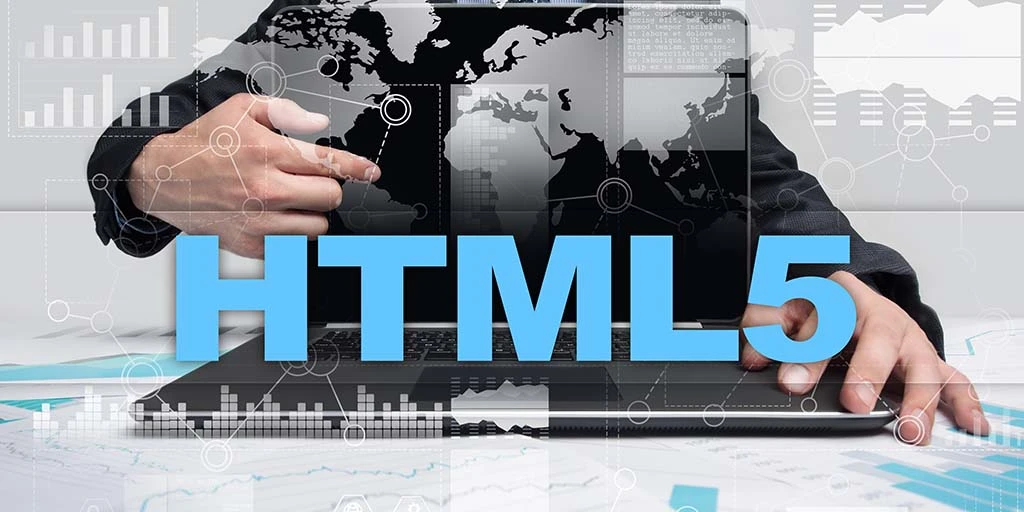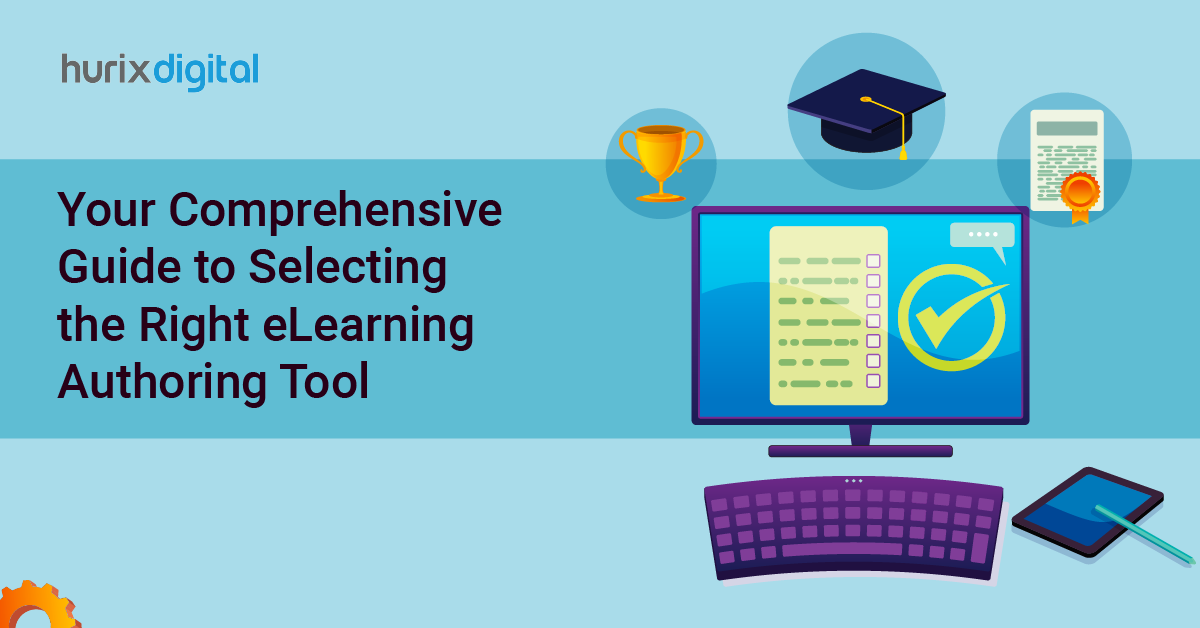
How to Select the Right eLearning Authoring Tools and Services
Summarize with:
What is an eLearning Authoring Tool?
An eLearning authoring tool is a software that developers use to package content, typically, multimedia content, and make it available to end users on the World Wide Web. While there are many tools available, it is advisable to choose one that supports e-learning content standards such as SCORM, AICC and CBT.
Deciding on the right eLearning authoring tool is a tricky business unless you are sure of what you want. In case you are new to the world of eLearning authoring tools or looking for an upgrade, here are some tips to help you select the right authoring tools to meet your eLearning content requirements.
What the price includes: Search the market and you will find multiple authoring tools with similar features but with varying prices. To understand what the price includes, look for the following:
The full list of features
- Training resources, if any
- Additional services, if any
- Technical support
- Testimonials and feedback from clients
Most vendors provide a full list of features on their websites but browsing through all of them could be a bit overwhelming. And it may be that you just want 15 out of the 100 listed features, so why pay for what you don’t require. A better approach would be to jot down use cases for which you want an eLearning authoring tool, share them with the vendors and let them pick the tools that are needed for each task. You may also ask for custom features to meet your unique requirements and how much they would cost.
Ideally, the vendor would include training resources such as tutorials, articles, guides and online webinars to demonstrate how to use the tool effectively. However, it is a good idea to speak to the vendor to know if these are also included in the cost. Apart from the basic functionality, enquire if the price includes access to supplementary tools and services such as content libraries and cloud storage. Also, keep in mind that in most cases, price on website is usually less than the actual cost. Then again, technical support, upgrades/updates may not be included in the price and this would make the authoring tool more affordable. In sum, find out what the cost of the eLearning authoring tool includes and if you don’t get clear answers, it is better to move on to other vendors.
Ease of Use: Ensure that the authoring tool you choose is simple to use and that your subject matter experts (SMEs) can use it comfortably and don’t require help from tech-savvy developers. This would help to cut down on the time and resources required to create content, resulting in higher return on investment for your authoring tool.
Flexibility and Control: The authoring tool should give you some degree of flexibility and control to allow you to effectively showcase your brand. You would want some control over the color palette and the themes you use, the fonts and where your logo is placed. Some eLearning authoring tools allow you to create your own themes and templates and lock certain on-screen elements, leaving you free to focus on tasks such as manipulating text content, images, and drag and drop elements.
Scalability: Another point to consider while choosing an eLearning authoring tool is if you can flex and upscale based on your evolving content development needs. It may be that you have to create additional content for a major project. If the authoring tool is hosted on the cloud, you will be able to leverage the skills of your team members across multiple locations to contribute to the project.
Streamlined Online Communication: To ensure high-quality of content, authors need to collaborate quickly and efficiently with all stakeholders including reviewers and testers. Consider an eLearning authoring tool that includes a streamlined online feedback system that allows all members of the team to add comments or recommendations right on the page they are reviewing. This would help to avoid crossed or missed email communications or conflicting change requests and deliver high-quality content within timeline and budget.
Create Content for Multi-platforms: At a time when people are accessing content on multiple devices such as desktops, tablets and mobile devices, it is imperative to use an authoring tool that allows you to write once and publish anywhere for ease of access.
Quick Publishing and Easy Maintenance: It is inevitable that you would want to make changes to the courses that you have published, either because the course content has changed, or some errors require fixing. A cloud-based eLearning authoring tool proves more useful than its desktop equivalent since all the source files are located in a centralized repository on the cloud, allowing authors to make changes from wherever they are using a web browser and the Internet. Some authoring tools have rapid release features that allow you to save and publish courses directly to an LMS with just a few clicks of the mouse. Here are some LMS tools and features.
Easy to Localize: At some point in time, you may want to translate your courses into multiple languages and expand your audience reach. It is wise to use an eLearning authoring tool that has a built-in translation workflow to translate content from one language to another. Some authoring tools include an XLIFF (XML Localization Interchange File Format) file that stores local content you want to translate and also provides corresponding spaces for a human translator to enter alternative versions of the same text.
Easy to Export to an LMS: The authoring tool you choose should be able to export a SCORM or xAPI package into a compliant LMS. The main purpose of these standards is to allow content and tools from different vendors to launch and track end-users’ progress according to a common set of protocols.
Analytics: You would want to gain some data on who your learners are and how they are accessing your content. Analytics will give you an idea of how effective your courses are and also provide insights into a new market or how better you can serve your end-users. Therefore, the eLearning authoring tool you choose should be able to link to Google Analytics to capture and graphically represent data for your reference and use.
In conclusion
The eLearning authoring tool you choose is an important investment and so it is a good idea to do some groundwork before actually purchasing one. Reading customer reviews is a good way to obtain feedback. Some vendors also provide free trials – take advantage of these trials to understand the best fit for your business.
Related: eLearning Authoring Tools: Why You Should Invest in them?
Frequently Asked Questions (FAQs)
Q1: What features matter most in authoring tools?
A1: Drag‑and‑drop UI, media support, assessments, responsive output, and LMS export.
Q2: Should you use SaaS or desktop tools?
A2: SaaS offers collaboration and updates; desktop tools work offline and offer local control.
Q3: How do services complement tools?
A3: Authoring services provide custom design, scripting, QA, and multimedia asset creation.
Q4: What’s the cost comparison?
A4: SaaS has subscription fees; desktop tools require upfront license and maintenance costs.
Q5: How do you ensure tool scalability?
A5: Select tools supporting multiple languages, templates, and team collaboration functionality.
 A Space for Thoughtful
A Space for Thoughtful 



